Vietnam E-Visa Application And Photo
Obtaining a visa is one of the first steps for most international travelers before visiting Vietnam. The e-Visa application process, introduced to streamline entry for citizens of 157 countries, requires a straightforward online form and a passport-style photo. This guide breaks down the essentials of applying for a Vietnam e-Visa, including detailed instructions for submitting the correct photo to avoid delays.
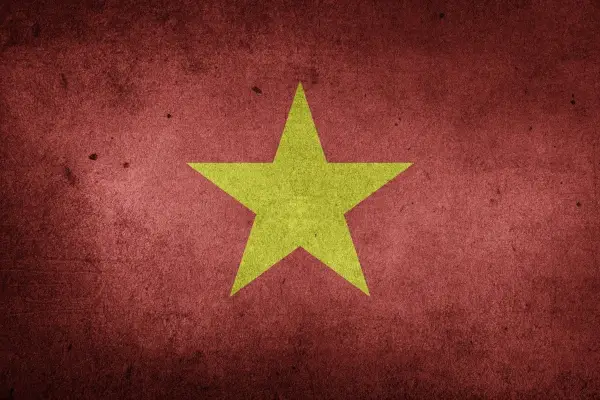
Table of contents
- Is it possible to travel to Vietnam visa-free?
- Countries eligible for e-Visa to Vietnam
- What is the difference between Vietnamese e-Visa and visa-on-arrival?
- Vietnam E-visa application process
- Documents required for an online visa to Vietnam
- Vietnam visa photo requirements
- Get a digital photo for the Vietnam e-visa application online
- Vietnam e-Visa costs
- Vietnam e-Visa validity
- How to extend your Vietnamese e-Visa
Is it possible to travel to Vietnam visa-free?
As of 2023, citizens of 26 countries can enter Vietnam without a visa. The visa-free stay depends on the nation:
- 90 days: Chile, Panama
- 45 days: Belarus, Denmark, Finland, France, Germany, Italy, Japan, Norway, Russia, South Korea, Spain, Sweden, United Kingdom (excluding BNO passport holders)
- 30 days: Thailand, Indonesia, Singapore, Malaysia, Cambodia, Laos, Kyrgyzstan
- 21 days: Philippines
- 14 days: Myanmar, Brunei
If your country is not in this list, you need to get a e-visa for Vietnam before traveling.
Countries eligible for e-Visa to Vietnam
Citizens of 157 countries - most of the countries worldwide - can enter Vietnam with an electronic visa. Here you can find a complete list.
If your nationality is not listed on the official website, you are still eligible to apply for a Vietnam visa at a Vietnamese embassy or obtain a Visa on Arrival (which requires an approval letter obtained in advance).
What is the difference between Vietnamese e-Visa and visa-on-arrival?
The main difference is its form. The Vietnamese e-visa is issued in a pdf file and does not have to have a physical form stamped to your visa like a conventional visa. On the other hand, a visa on arrival gets stamped on your passport once you arrive in Vietnam. However, you will still need to register online in advance to get your visa on arrival stamped at your port of entry.
Visa-on-Arrival is available only at Vietnamese international airports listed below:
- Noi Bai International Airport (Hanoi)
- Tan Son Nhat International Airport (Ho Chi Minh City)
- Da Nang International Airport (Da Nang)
- Cam Ranh International Airport (Khanh Hoa)
- Cat Bi International Airport (Hai Phong)
- Can Tho International Airport (Can Tho)
- Phu Quoc International Airport (Phu Quoc)
- Lien Khuong International Airport (Da Lat)
To get a Vietnam Visa on Arrival, first, apply for a visa approval letter through a reliable Vietnamese travel agency or visa service. Once you receive the letter, print it and bring it along with two passport-sized photos, your valid passport, and cash for the visa stamping fee. Upon arrival at a designated Vietnamese international airport, head to the Visa on Arrival counter and submit these documents along with a completed Entry/Exit Form. After processing, pay the stamping fee, and your visa will be issued and placed in your passport.
If you are likely able to obtain a Vietnamese e-visa online, we recommend using this method for greater convenience.
Vietnam E-visa application process
You can apply for a Vietnamese visa online in only several steps:
- Visit the Vietnamese official immigration portal and apply for an electronic visa “for foreigners”;
- Fill out your personal data and passport details, as well as your photograph;
- Pay the US$25 fee online;
- Save the registration code you have received. You will need this number for later verification and downloading of the visa.
The Vietnam e-visa waiting time will take three business days. After it is processed, your visa will be available on this link. You must enter your registration code, e-mail, and date of birth to access it. Download the visa in pdf format and print it out. Upon arrival in Vietnam, present your visa along with your passport at the immigration counter.
Documents required for an online visa to Vietnam
To apply for an electronic visa to enter Vietnam, have these documents ready:
- Your passport, valid for at least six months after arrival date with at least two blank pages, as well as scans of its personal data page;
- Visa application photo fulfilling requirements;
- Credit or debit card for payment.
Vietnam visa photo requirements
To make sure your picture will be accepted, make sure that it matches the following specifications:
- Depending on the country you apply from, the visa photo size must be 4 x 6 cm or 2 x 2 inches
- The background must be plain white, with no shadows nor other objects;
- Your face must be at the center of the photo;
- Your head must not touch any border of the photo: there must be some negative space left. Long hair may touch the lower border of the image;
- The picture must not be older than six months old;
- Your whole face, from the crown to the chin must be clearly shown;
- Use of head covering is only allowed for religious or medical reasons but must not cover facial features;
- Hair may not cover the eyes and ears;
- Your eyes must be looking straight at the camera;
- Your facial expression must be neutral;
- Retouches or edits that change facial features or skin color are not allowed;
- Eyeglasses are allowed, but they may not cover the eyes: the lens must not be colored (except for medical reasons), and the frame must not obscure facial features.
Here is a sample:
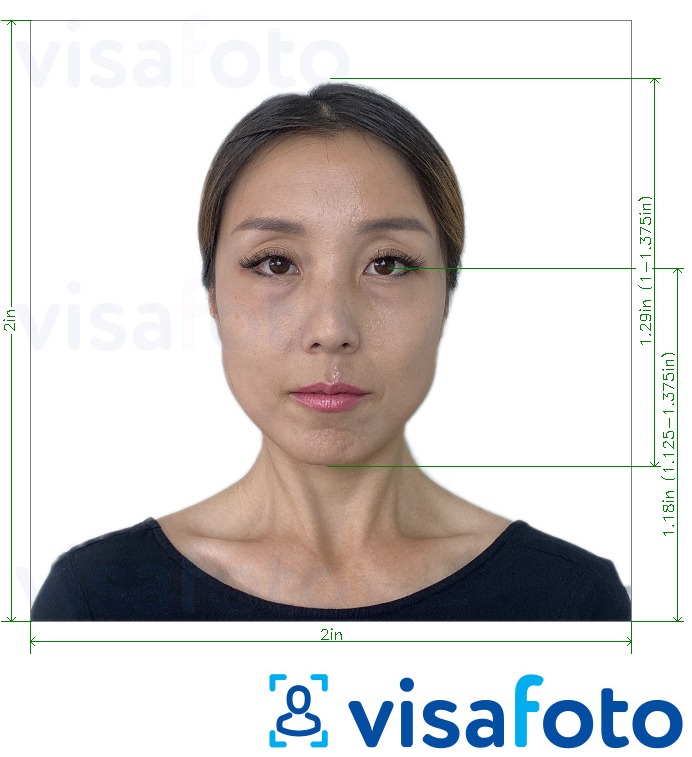
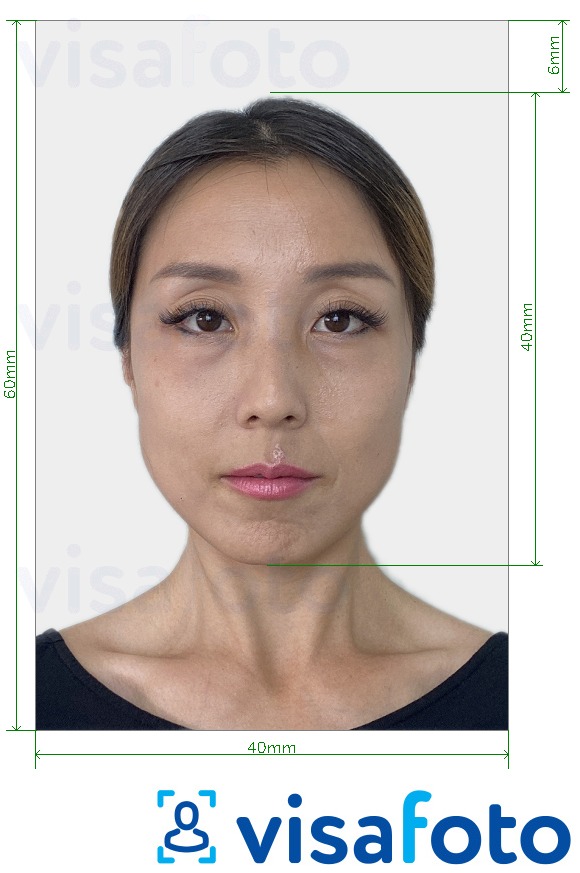
Get a digital photo for the Vietnam e-visa application online
Applying for a visa to enter Vietnam has never been more accessible, but don’t let that make you slip up with your documents. Ensure your photo is up to par to ensure a smooth application process.
We recommend using Visafoto, an online photo editor adjusting photographs for various documents worldwide since 2013. It will make sure your photo fulfills all the parameters needed.
Source

Result

Just take a picture of yourself following the guidelines stated above. Don’t worry about the size, background, positions, and proportions: Visafoto will take care of the rest!
Take an image with a smartphone or camera against any background, upload it here, and instantly get a professional photo for your visa, passport, or ID.
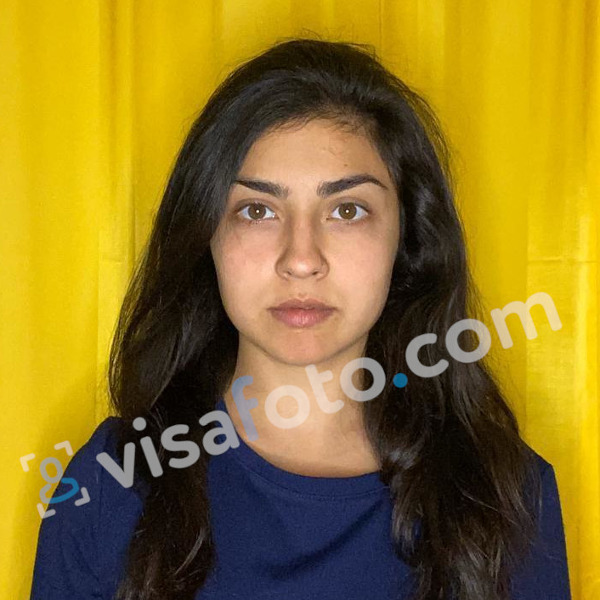
You will get a digital photo like this one:
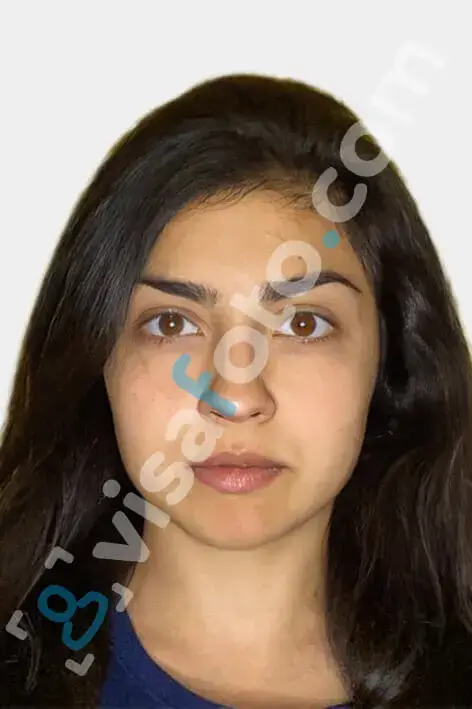
Vietnam e-Visa costs
It costs 25 USD to apply for a Vietnamese electronic visa. As is usually the case with visa application fees, this fee is also not refundable.
Vietnam e-Visa validity
Starting from August 2023, the Vietnam online visa duration is 90 days. The e-visa allows multiple entries into the country.
How to extend your Vietnamese e-Visa
If you wish to stay in Vietnam beyond the 90-day e-Visa duration, direct extensions of the e-Visa are currently not permitted. To extend your stay, you have two options:
- Visa run: This involves exiting Vietnam to a neighboring country and then re-entering with a new e-Visa. This method is commonly used by travelers to reset their visa duration.
- Sponsorship for a new visa: While in Vietnam, you can seek sponsorship from an organization, agency, or individual within the country. They can apply for a new visa on your behalf through the Vietnam Immigration Department. This process requires the sponsor to submit necessary documents and follow the application procedures.
Note that overstaying your visa in Vietnam can lead to significant penalties, including fines, deportation, and potential bans on future entry. The overstay fines in Vietnam are structured based on the duration:
- Up to 15 days: Fines range from VND 500,000 to VND 2,000,000 (approximately USD 22 to USD 88).
- 16 to 30 days: Fines range from VND 3,000,000 to VND 5,000,000 (approximately USD 133 to USD 221).
- 31 to 60 days: Fines range from VND 5,000,000 to VND 10,000,000 (approximately USD 221 to USD 441).
- 61 to 90 days: Fines range from VND 10,000,000 to VND 15,000,000 (approximately USD 441 to USD 661).
- Over 90 days: Fines range from VND 15,000,000 to VND 20,000,000 (approximately USD 661 to USD 885).
Latest Update: November 2024